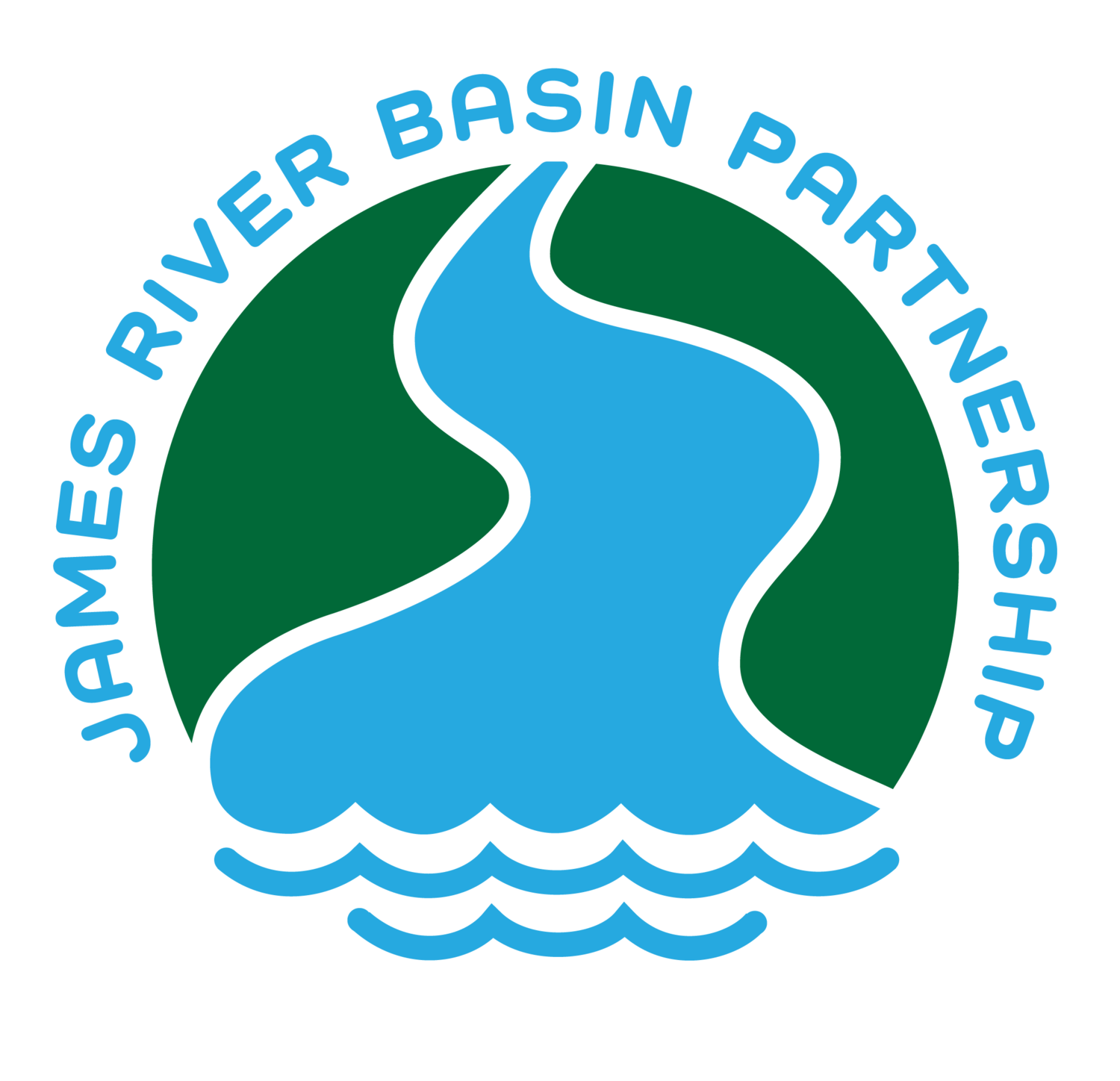Recently Brent and I participated in several rapid trash assessments in conjunction with the City of Springfield’s Environmental Services Department along Fassnight, Jordan, South and Upper Wilson’s Creek. During an assessment, we marked off a 100-foot area from a particular landmark, such as a box culvert or bridge, and then identified and counted as many pieces of trash as we could, from bank to bank The data collected in these assessments will help us all understand what exactly is in our urban streams in terms of waste, and how we all can play a part in reducing it.
What did we find in these 3,000 square foot areas? Let’s take a look at some of the numbers:
Upper Wilson’s Creek (Grand & West Bypass)
· 85 pieces of single-use food-related plastics
· 56 plastic shopping bags
Jordan Creek (Mt. Vernon & Kansas Expressway)
· 60 pieces of single-use food-related plastics
· 45 plastic shopping bags
South Creek (Sunset & Grant)
· 83 pieces of single-use food related plastics
· 60 paper products
Fassnight Creek (Jefferson & Bennett)
· 50 pieces of single-use food related plastics
· 40 cigarette butts**
**Cigarette filters contain cellulose acetate, a form of plastic that can take a decade or more to decompose, according to this article from NBC News.
Obviously that’s just a small snapshot of trash in our urban waters. Taking the time to inventory the amount of litter present in small sections of our urban streams was a real eye opener, especially when you consider that the bulk of that trash comes from single uses such as for food. Even more concerning, however, is the length of time this plastic stays in our environment how and it could potentially impact the health of humans and wildlife.
Ironically, while we were conducting the assessments, we discovered an online article discussing a recent study in the journal Groundwater by several state agencies and universities in Illinois that detected microplastics in groundwater aquifers for the first time, as well as medicines and household contaminants. What makes the study so connected to the James River basin is that 11 of 17 groundwater samples in the study were taken from springs and wells from fractured limestone – Karst topography – around the St. Louis metropolitan area. In other words, almost identical to our own topography here in the Ozarks.
“Karst formations are cavernous and therefore have high rates of permeability, resulting in a reduced opportunity for contaminants to be filtered,” the article notes. “Groundwater in karst areas is just as easily polluted as surface streams.” And while one of the study’s co-authors noted that they were in the very early stages of their research to determine what exactly a high level of microplastics were in a karst aquifer, it certainly made all of us in the JRBP office pause and reflect on why education and outreach on single-use plastics and polyester microfibers are so important to protecting the quality of both our surface and groundwater.
Those numbers from the trash assessments seem extremely important when viewed through the prism of the Illinois microplastic study. In fact, the survey noted that the concentration of microplastics – the highest levels being found in a spring in the St. Louis area – were comparable to levels in surface water ones in Chicago area streams and rivers, illustrating that all of our local waters are interconnected.
It’s tempting to think of this movement as a passing fad, but the numbers don’t lie: plastics are a huge problem in our waterways, both locally and worldwide, and the new threat of microplastics – which we are only now beginning to discover – makes our commitment to reduce and/or eliminate single-use plastics vital to not only the health of our waters, but also for future generations. In a future blog, I’ll be discussing a community here in the Ozarks that is doing just that by making the commitment to end their dependence on single-use plastics, so stay tuned!
We’ll see you downstream.
Todd



